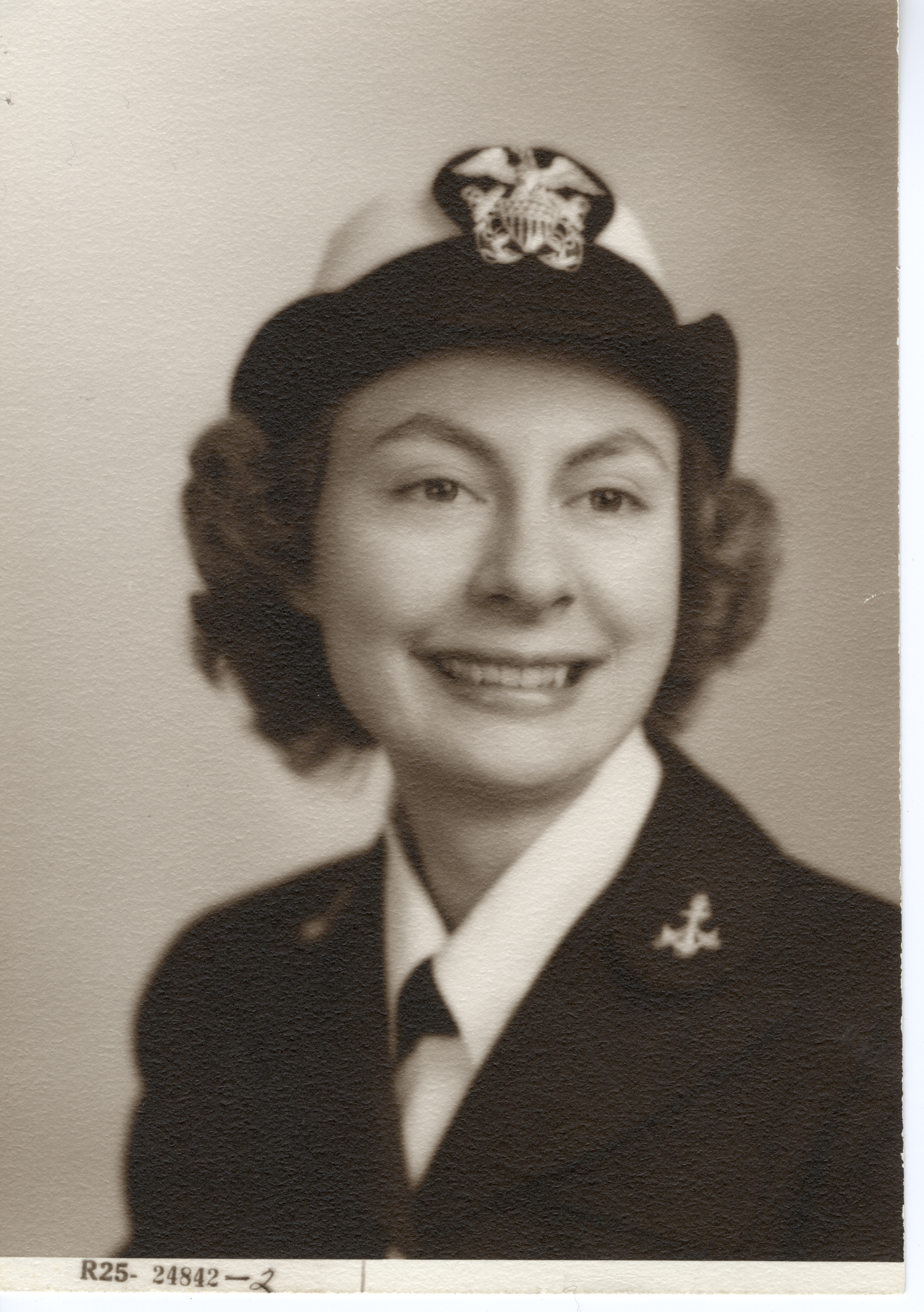
Professor Ola Winslow [2]
The army handpicked recruits for their cryptographic course at Vint Hill Farm Stations Virginia where students learned, “cryptographic security, 6 Army and staff organization from a signal intelligence viewpoint, elementary and advanced cryptography, IBM theory and operation, code compilation, and the preparation of cryptanalytic work sheets. The more advanced course also covered ... language instruction in Japanese, German, Italian, French, Spanish, and Portuguese,...and military cryptanalysis.” [1]
The first class of 59 officer candidates attended indoctrination training for six weeks. Anticipating the need for more training, the Navy implemented programs in many colleges. Professor Ola Winslow taught secret cryptoanalysis classes at Goucher Hall with the majority of her students entering WAVES.

Professor Ola Winslow [2]
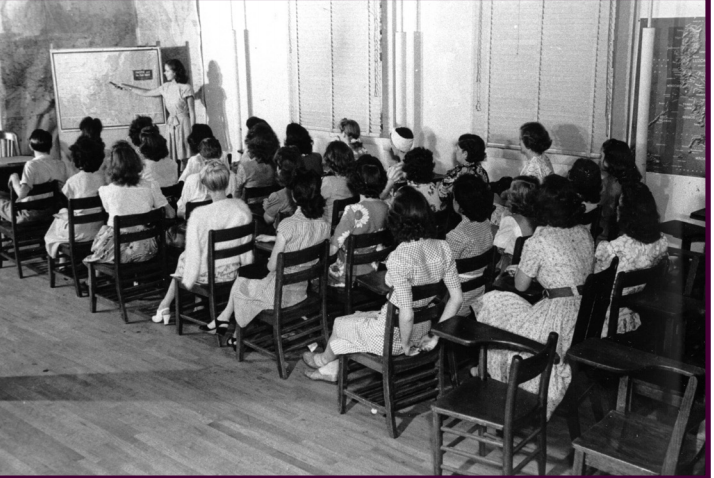
A classroom in Arlington Hall [3]
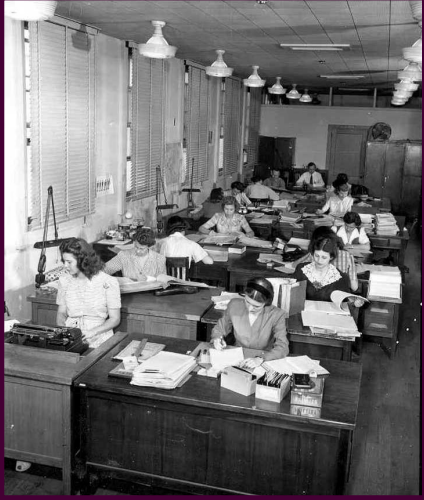
Arlington Hall [4]
While some women trained to be cryptanalysts, many joined the Second Signal Service Battalion, learning skills of radio intercepting, morse code, and katakana, a form of Japanese writing in order to intercept messages and operate cryptanalytic machines.
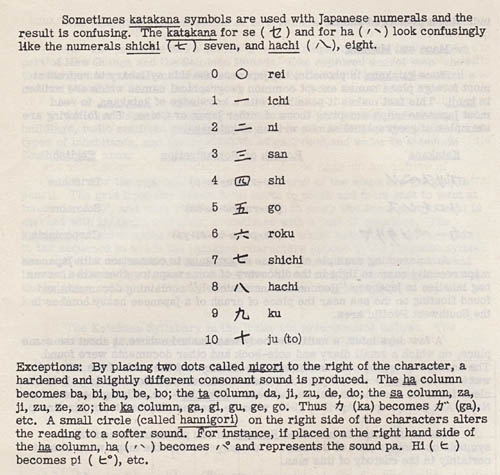
[5]
As the female code-breakers began to get to work, they were prevented from seeing their role in the larger picture: the secretive nature of the operation meant that many didn't even know the boundaries they were breaking. While the well known, male cryptanalysts knew their impact, women working in the second battalion intercepting coded messages and operating machinery were kept out of the blue.
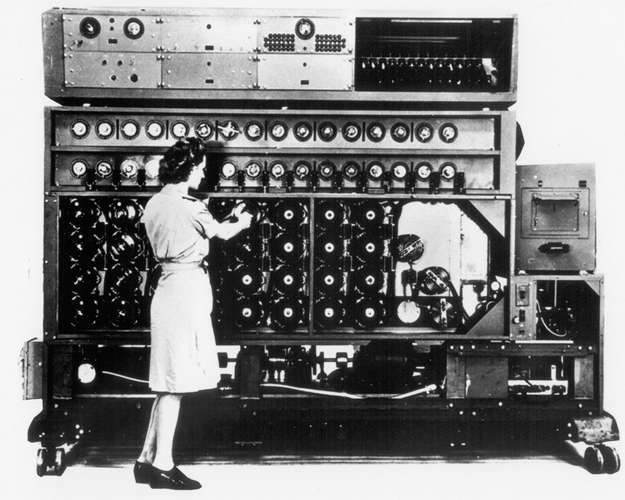
Developments in code-breaking technology meant many women also learned how to use machinery like the "bombe," an engima decryption machine [6]
"The only major problem in WAC employment encountered by the theater was that of the Signal Corp Wacs. By midsummer of 1944, women in this work began to suffer from fatigue and depression; their sick rate was twice as high as other Wacs’, and morale was low. The theater chief signal officer diagnosed the fatigue as ‘resulting from working long hours over a period of several months under pressure caused by the necessity for speed and security in handling messages, and the realization of the operational importance of every duty they perform’. WAC and Medical Corps officers felt that the difficulty was due, not to the work itself, but to the lack of leaves or furloughs, the rotating shifts so short that sleeping habits never became adjusted, and the long hours of off-duty training in other Signal Corps work."
~ Mattie E. Treadwill, WACS lieutenant and historian [7]
Despite hardships, women broke national and international barriers, proving they could work even in living conditions seen "unfit" for females. Lieutenant Sylvia Rosenwasser expressed, "They were very devoted and very caring and [had] a wonderful esprit de corps. They were proud of their uniforms and proud of being in the navy.” [8]
BACK: The Secret Letters
NEXT: Code Breaking - The Process
Footnotes:
1. George Raynor Thompson, Dixie R. Harris, and Pauline M. Oaks, The Signal Corps: The Test (Washington DC: Office of the Chief of Military History, Dept. of the Army, 1957), , accessed February 2, 2020, https://history.army.mil/html/books/010/10-17/index.html.
2. Holly Leber Simmons, "Goucher's secret 'code girls' helped end WWII," Goucher Magazine, last modified June 8, 2018, accessed February 2, 2020, https://blogs.goucher.edu/magazine/gouchers-secret-code-girls-helped-end-wwii/.
3. Jennifer Wilcox, Sharing the Burden: Women in Cryptology during World War II (Center for Cryptologic History National Security Agency, 2013), , accessed February 2, 2020, https://www.nsa.gov/Portals/70/documents/about/cryptologic-heritage/historical-figures-publications/publications/wwii/sharing_the_burden.pdf.
4. Wilcox, Sharing the Burden.
5. United States War Department, Military Intelligence Division, Tactical and Technical Trends, No 1 - 20, by United States War Department General Staff, report no. 12, , November 19, 1942, accessed February 2, 2020, https://archive.org/details/TacticalAndTechnicalTrendsNos1-20/page/n373/mode/2up.
6. Cryptology in World War II, photograph, National Museum of the United States Air force, accessed February 9, 2020, https://www.nationalmuseum.af.mil/Upcoming/Photos/igphoto/2000450326/.
7. Mattie E. Treadwill, The Women's Army Corps (Washington D.C., 1953), 435, accessed February 23, 2020, https://history.army.mil/books/wwii/Wac/index.htm.
8. Wilcox, Sharing the Burden.